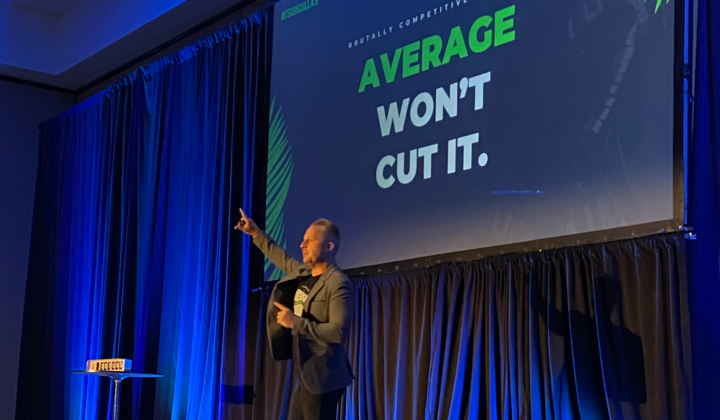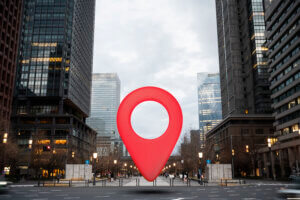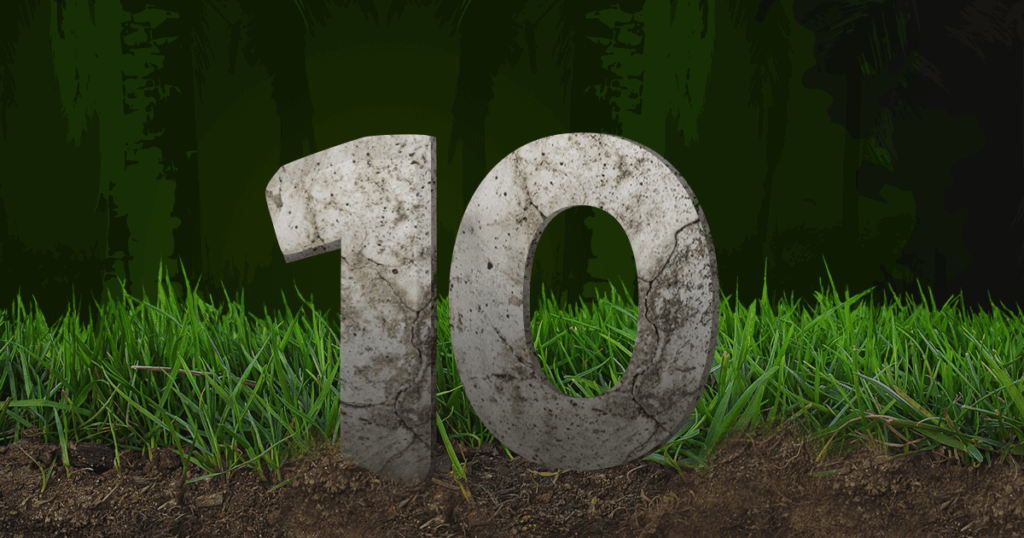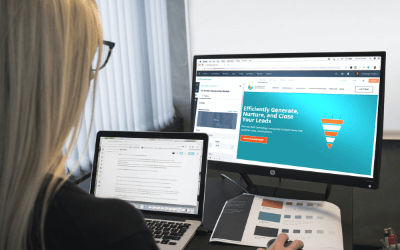This past week, our ferocious Chief Zilla, Johnny Hughes, got the awesome opportunity to present a session at the Digital Summit 2022 conference in Fort Lauderdale, Florida. Except, there was a catch — he only had 30 minutes to present. So with this opportunity, he knew the perfect topic to cover that would help digital marketers and business leaders learn how to boost their website’s conversions in just 30 minutes.
If you couldn’t make it to Digital Summit this year, here’s a recap of the key points covered in Johnny’s presentation to help you take your website from average to APEX.
Conversions: The King Metric of Them All
Above all other KPIs, there’s one metric that reigns above all others — conversions. Why? Because conversions are the actions users take online that convert them into a lead or a customer. And while “likes” and “shares” and “impressions” have their place in reporting and data analysis, those metrics won’t directly impact a business’s ROI like conversions will. Conversions are how a company can grow and scale, so they’re an essential metric to focus on.
What Types of Conversions Are There?
Every company has different goals and therefore different needs with their conversions. Maybe it’s “Book a Demo”. Or, “Schedule a Tour”. Or “Purchase a Ticket”. Conversions are the heart and soul of what we’re trying to inspire our users to do when they arrive at our website. They help us to get real customers or generate qualified leads that can be nurtured to eventually become customers as well. All of which impact your sales and bottom line.
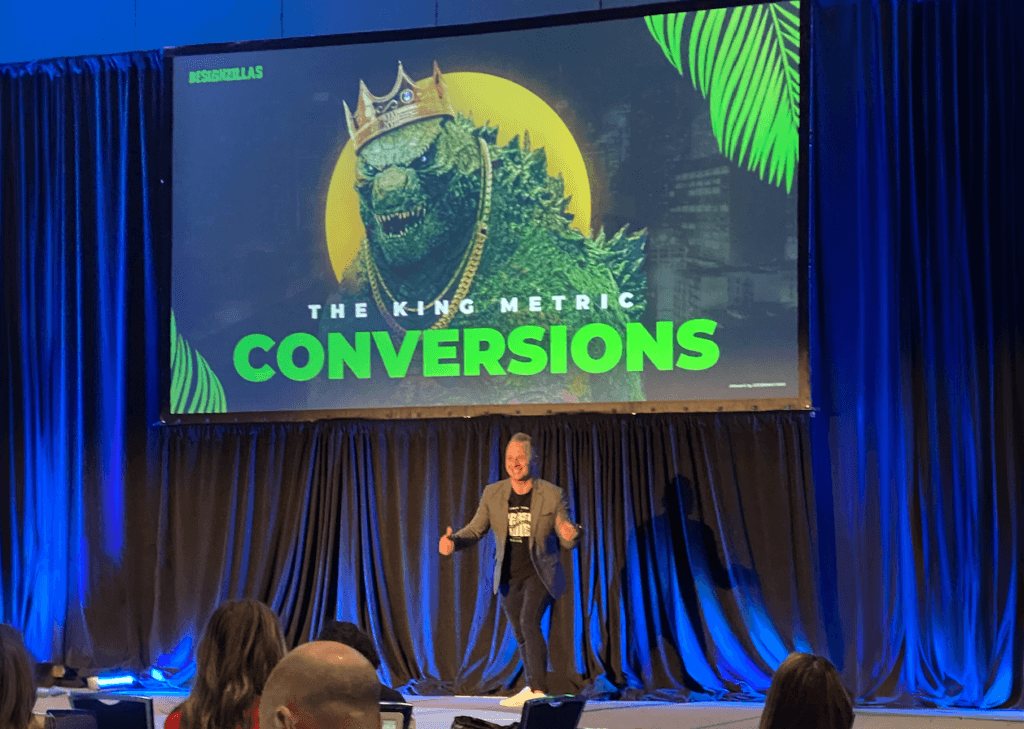
Before starting, let’s get honest with each other. If you were to rate your business’s website on a scale from 1 to 10 — 1 being ugly, outdated or not user friendly, and 10 being “my website reigns supreme” — where would your website fall? If you rated your website between 5 and 7, you’re in the same boat as most other businesses that have settled for an average website.
But, it’s time to face the hard truth. Average just won’t cut it.
It won’t beat out the competition. It won’t cut through the tornado of noise that users are in every time they go online. It won’t attract the best of the best to come work for your business. It just won’t cut it.
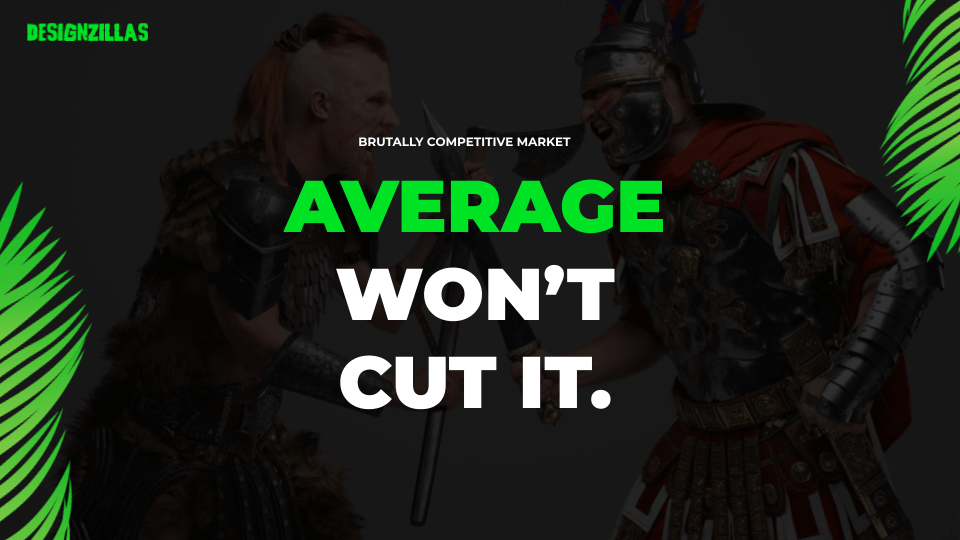
Your website is your #1 employee. It’s the tool that works around the clock to educate and offer valuable information to users about your brand. It doesn’t take breaks, it doesn’t need time off and it always does exactly what you tell it to.
As a business, you’re constantly going head to head with your competitors online, fighting for the most precious asset in the world — your users’ attention. If you don’t win that in about 3 seconds, you’ve lost your lead. So how do we equip it to be the best asset possible for our company and win the attention of online users?
Here are 3 key lessons that will provide you with the exact formula to turn your website into a conversion machine.
- Upgrade your website’s wireframe
- Structure your conversion funnel
- Take the website gauntlet challenge
Let’s dive in.
Building Your Website Wireframe
Before diving into your website, you need to establish what the conversion objective of your website is. Basically, what makes your business money on your website? Is it:
- Generating leads (to capture information and nurture users into customers)?
- E-commerce (to make a direct sale online)?
- Brand awareness (to promote foot traffic for local businesses)?
Once you established your website’s primary objective, you can dive into your website wireframe. Reminder, you only have 3 seconds to capture your users’ attention and gain their trust, so it’s crucial to have clear and concise messaging, quick loading speed, and any unnecessary information or actions out of the way.
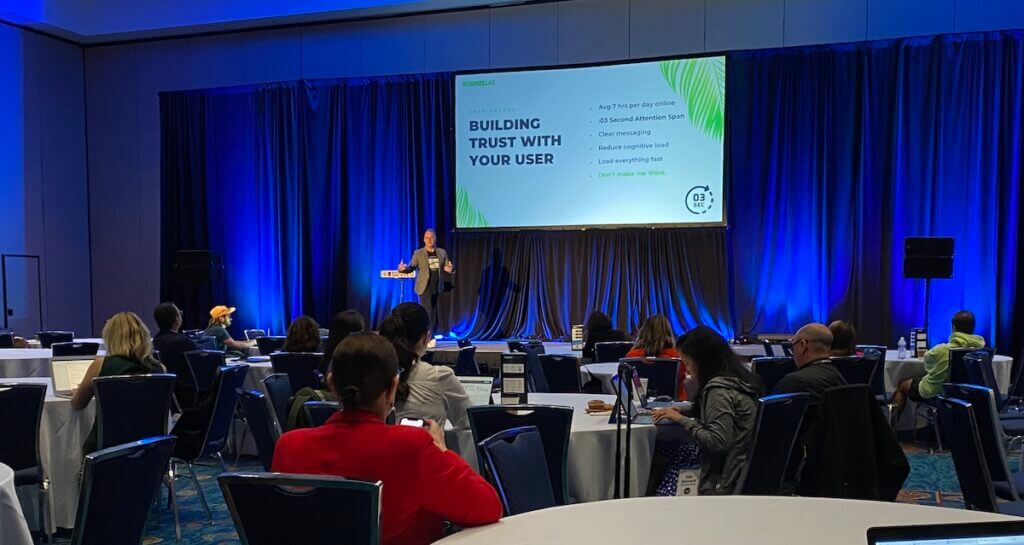
There are 6 regions to our proven wireframe. These include:
- The Hero
- Benefits
- Risk of Indecision
- Social Proof
- User Empathy
- Action Plan
Hero
This is by far the most important region on any website. It’s the first thing a user sees when they land on your page. 70% of all decision-making happens here. It’s the region that tells the user if your website is even worth their time and if they’re going to stick around to learn more or pass it by. The hero needs to tell the user what your business does, how you can make their life better, and what they need to do to get started.
Benefits
In this region, you want to highlight true benefits, not features. How does this product or service make my life better? If you’re talking about a car, a benefit might be that you can safely drive across the country with your family. A feature would be anti-lock brakes or four-wheel drive. Notice the difference?
You want to make sure you’re speaking to the pain points of the customer. Showing that you understand how to fix those problems helps build trust and establish a relationship with your prospects.
Risk of Indecision
This region is the space you’ll want to emphasize what’s at risk for the user if they don’t engage with your business. What will they have to continue suffering with? What opportunity will they miss out on? How will their lives look without your help? Show them why they just can’t pass up engaging with your business.
Social Proof
Establish authority with your users. Why should these users trust you with their problems? Leverage your past wins here through things like testimonials, reviews, awards, etc.
User Empathy
Empathize with your user. Show them that you care about their problem and why you’re the reliable solution by using language that speaks directly to their pain points. Things like “We understand what it’s like to feel XYZ. We’ve been there. That’s why we started this business to make it easier and stress-free to do XYZ.”
Action Plan
It’s showtime. Draw out the 3 – 5 next steps your user can take to get started. This tells them exactly what to expect and how much of an effort/commitment they would need to make to engage with your business.
Drive Users Through the Conversion Funnel
Once you understand the framework, you can now structure your conversion funnel. There are different stages of this funnel and as a business or marketing professional, you need to know how to speak to users at each stage.
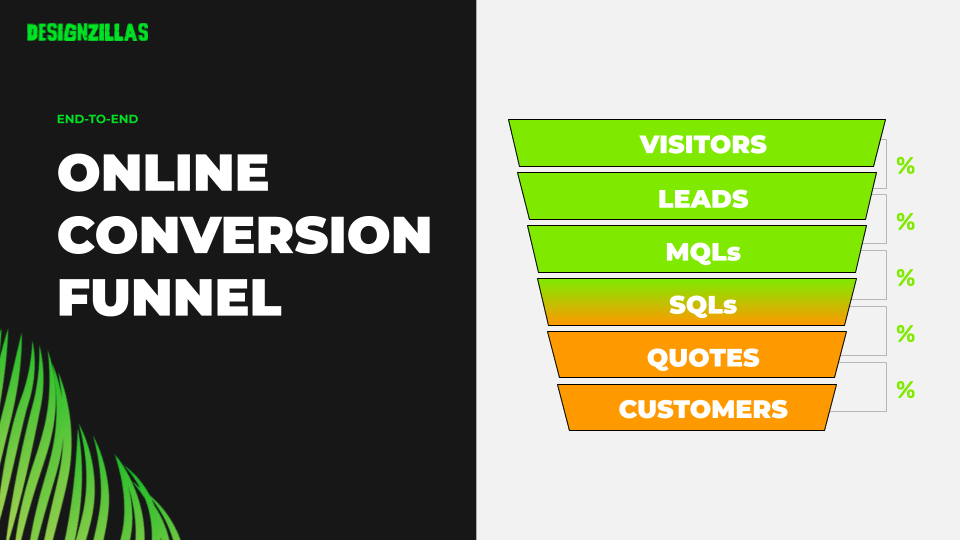
As Johnny explained in his session, between each level of the funnel there are conversion rates that can be optimized. How many of your monthly visitors are actually converting into leads? How many of those leads become marketing-qualified leads (MQLs)? Plug in the numbers for your business and calculate your conversion rates at each stage so you can see where there are gaps and opportunities so you can address them.
Take Your Business into Beast Mode
If you’re inspired by what Johnny covered in his session at Digital Summit this year, level up your website today by following his helpful tips. Or, dive in even deeper by requesting a consultation with our team to see how you can take your business from average to APEX today.
